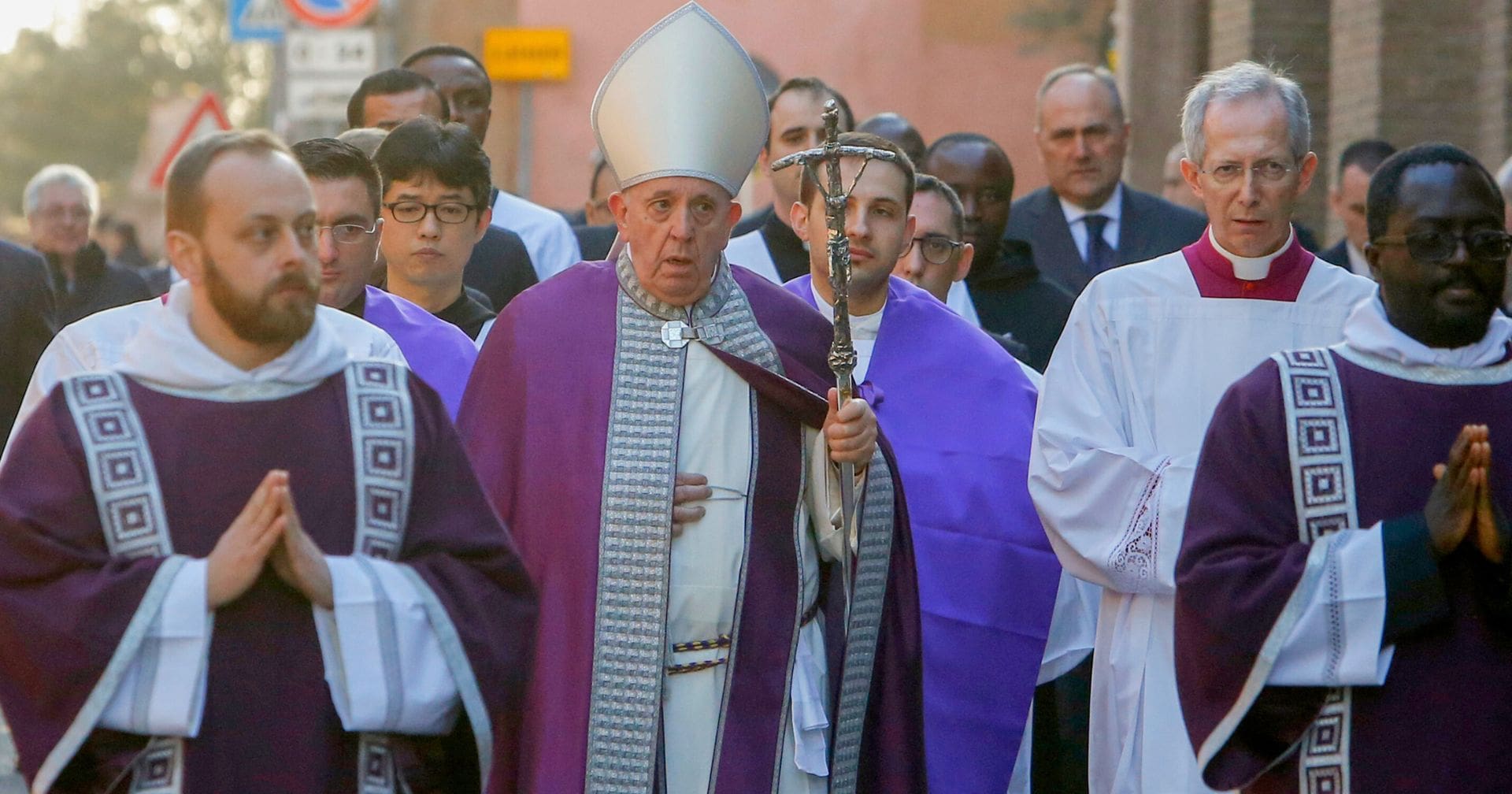The practice of observing a period of repentance prior to the celebration of the Easter feast is one of the oldest and longstanding traditions in the Church. Lent begins on Ash Wednesday, where we are literally marked with a symbol of penitence, culminating six weeks later in the celebration of our Lord’s Resurrection. But have you ever wondered why there are forty days to Lent?
In the very early years of the Church, a Lenten period of repentance was observed, but the exact duration was not always an exact forty days. As the tradition and practice were developed, fasting times were highly diverse. Saint Irenaeus in the year 190 A.D. wrote:
“Some think they ought to fast for one day, others for two days, and others even for several, while others reckon forty hours both of day and night to their fast.”
The first official reference to Lent as a period of forty full days of preparation is found in the teachings of First Council of Nicaea in the year 325 A.D. The teachings mention the word tessarakoste, Greek for fortieth, in regards to Lent.
Proof for this observance is found in the earliest written account of a Christian pilgrimage to the Holy Land written around the year 380 A.D., Peregrinatio. The author speaks of a Lenten period of eight weeks being observed in Jerusalem. Given that Saturday and Sunday of ordinary weeks were exempt, eight weeks by five days gives a total of forty days for fasting. This makes the tradition of Lent lasting forty days have its roots in the early beginnings of the Church.
If in the earliest years of the Church members of the Faithful varied the duration of their Lenten fast, how did forty days come to be recognized and accepted by all?
We see throughout the Bible many mentions of the number forty. For example, from the very beginning in the Book of Genesis, God cast a flood over the Earth for forty days and forty nights. Moses and the Israelites wandered the desert for 40 penitential years before they entered the Promised Land.
While historians do not agree completely on the exact foundation for the forty day period, it is clear throughout the Bible a connection between 40 and repentance. As the early Church developed its tradition and practices, they modeled the duration of repentance in following the footsteps of Christ, who fasted Himself for 40 days and 40 nights in the desert before beginning His Ministry.
By the end of the fourth century, the tradition of Lent lasting forty days with fasting and prayer constituting its primary spiritual exercises was widely accepted, modeled after Christ’s fast of forty days and forty nights in the Judean desert during His Temptation.
Editorial credit: Riccardo De Luca - Update / Shutterstock.com




















Could you please, send me frecuent report on your web site?
THANK YOU.
Jorge Neder